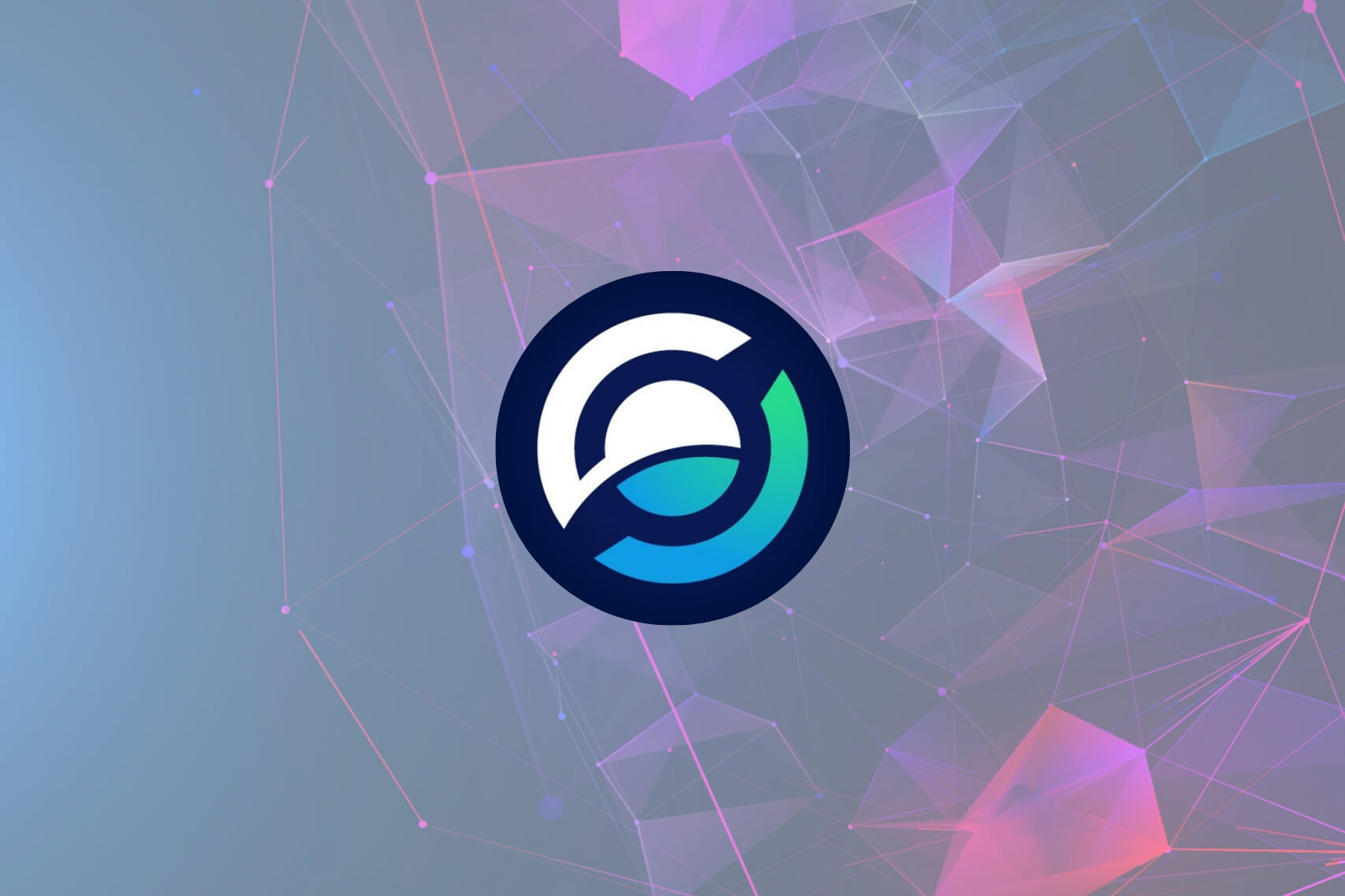Formerly known as ZenCash, Horizen (ZEN) was launched in May 2017 as a privacy-focused cryptocurrency. Designed for private and secure transactions, their blockchain uses Transport Layer Security (TLS) integration for node encryption, a feature which makes it different from other privacy coins.
In August 2018, the project underwent a rebranding and took the name “Horizen.” The rebranding was intended to reflect the change in the project’s aims from “a privacy-focused cryptocurrency” to “a much broader and deeply capable platform that will host a variety of privacy-focused applications, including secure messaging and publishing.”
 We spoke to Rob Viglione, Horizen’s President and co-founder, to learn more about the project, the opportunities and challenges they’re facing, and their plans for the future.
We spoke to Rob Viglione, Horizen’s President and co-founder, to learn more about the project, the opportunities and challenges they’re facing, and their plans for the future.
For those unfamiliar with Horizen, what is your blockchain project creating?
We believe that everyone has a fundamental right to privacy and we build our platform and applications around that concept.
We’re using blockchain technology, sustainable economics, and advanced cryptography to endow users with control over their digital footprint. Ultimately we’re trying to create an open system that preserves privacy and empowers people to participate in a global ecosystem.
What has been the biggest challenge(s) for Horizen as a whole, and how have you been dealing with it?
Right now, the biggest challenge that we’re facing at Horizen is the current market condition, and obviously, that’s a huge challenge that doesn’t present many available solutions. Times are tough, but we are tougher.
With both the crypto market and our market cap down by 90%, we’ve had to dig deep on budget cuts and new revenue opportunities to maintain some semblance of sustainability for our team and community.
How would you illustrate the opportunity your project is jumping on?
We’re building out an entire ecosystem that’s very privacy-centric and massively scalable. Our team is well-structured, organized and we’re very business-oriented.
We’re not just creating an infrastructure and saying, “Here you go.” We dedicate ourselves to actually integrating our users and make sure they have a great user experience, for instance—which is something that’s a little different.
The industry has been more about, “Let’s create technology and then people will come and use it.” We want to build technology that suits the requirements of our users and then we help them use it because we want to make sure that they have a phenomenal experience. That’s our approach to things.
What exciting things are happening for the project right now?
What I’m most excited about on the core technology side is the Horizen sidechain system.
Sidechains are absolutely critical for our future because they will transform our project into a scalable platform rather than just a currency. Instead of forcing applications onto our mainchain, we can start parsing off specific things like a tokenization sidechain. This will allow anybody to create a rapidly scalable, massive transaction throughput, absolutely secure token standard. And it will all run on a Horizen sidechain.
To me, that’s absolutely critical, because there’s a whole set of business you can build on that.
Sidechains are a critical part of our scaling solution, but we’re also working on entirely rewriting our core code base and going from a Bitcoin-like system to a block DAG, or directed acyclic graph, in which we can process blocks in parallel.
If successful, this would significantly expand transaction throughout and make us the fastest PoW chain on the market.
As many of our readers already know, Horizen successfully rebranded from ZenCash in August 2018. Now that the dust has settled, how do you feel the rebrand went as a whole? Given a second chance, is there anything you would do differently?
I’m extremely happy with the rebrand as it positions our future as a forward-thinking platform.
The overall response to the rebrand from our community was overwhelmingly positive. We did have a small set of people who were very much against it. No matter what you do there will always be a distribution of reactions, but we love our new brand and what it stands for.
Overall, we had a pretty smooth transition in our rebrand.
We decided to work with a professional team of branding experts on and embedded them into our marketing team. They put together a series of inquiries and they went out and surveyed stakeholders from every section of our community.
This in-depth research ensured that the re-branding took into account how our community saw our project and where they wanted to see us go in the future. The team was a really crack team of experts that took this trove of information and teased out the common factors and formulated and built our message from there.
Then they created an execution plan that laid everything out for our release to market.
Even though many of your team members are U.S.-based, your community is globally dispersed. What countries have you been focusing on, if any, and why? Should we expect this same strategy to continue?
We don’t focus on any one country or location because we consider this a global project. We have fantastic team members, country managers, representatives, and ambassadors around the world who help us work towards this goal.
Do you see a threat coming from regulators and governments that are opposed to the privacy features? And if so, what measures could be put in place to stop this threat?
Anything new is treated with skepticism and regulators must have the public’s best interest in mind. This holds true for protecting the public from threats, but also permitting new opportunities that benefit society.
The challenge for regulators will be to enable the latter while minimizing the former. We’re hopeful that regulators will rationally balance risks with opportunities and foster a productive environment. Our technology provides a good deal of user protections nonexistent in legacy systems, and can be incredibly empowering if responsibly deployed.
For example, if you go to “https” on the web, you are creating a secure communication tunnel. We’ve done the same thing on our protocols with secure nodes. You can have a secure tunnel between the client and the node, or node to node, which creates a secure encrypted network on which zk-SNARKs transactions occur.
Our goal is a privacy-oriented ecosystem, and this is just the infrastructure that runs the ecosystem.
Horizen has stated many times the importance of supporting R&D. Are there any plans to modify R&D funding due to the current market condition?
This is a great question, especially for how long and harsh this crash has been. But no, when we were reviewing all the possibilities for our company that lead to us enacting the 20% treasury block reward, we had already gone through our budget for all departments.
We do focus heavily on R&D, but the budget we had created has already been slashed across the board in a way that ensured that our team could keep going full steam ahead.
ZEN is one of the highest cap cash flowing coins. What has Horizen being doing to gain share of the masternode investor universe? Easier nodes, higher payouts, higher transaction fees, strategic partnerships, staking wallets etc?
The key to a massive node network is a combo of low entry costs, attractive economic incentives, and a driving mission that inspires participation. So far, we’ve done a pretty good job and have built out the largest node network in the industry.
With the recent announcement to double the Treasury pool, are any additional options being considered in the event of further market dips? What about any incentives to increase ZEN usage such as increased staking rewards?
The increase in the Treasury block reward is sufficient to keep our project going for the foreseeable future. We wanted to ensure that this project would survive the bear market, but in a way that would have the least effect on all stakeholders and enable us to keep investing in bringing differentiating technology to market.
We’ve thought very carefully about incentives across all stakeholder groups in our system. So, rather than increasing these types of incentives, we are focusing on releasing some great projects this year including the Horizen VPN and our DAO.
The true value of a project comes from the utility of our platform, and we are increasing community involvement and usability in the project in a big way.
What is the status on the work IOHK is doing on the Treasury system? When would we expect implementation? Any dates for the zk-SNARK or BlockDAG integrations?
We can’t release any specifics yet, but you can expect to see all of these in 2019.
Do you have any partnerships of note planned for 2019? If yes, any details you can share with us — how many, in what industries, etc?
We don’t currently have any partnerships for 2019 that we can share details about, but make sure you keep your eye on us.
We have a couple of things that I am personally really excited for coming this year. In 2018, we had over 52 partnerships, integrations, and exchange listings.
To end off this interview, is there anything you’d like to say to the Horizen community?
I’d just like to say thank you. The Horizen community has been very supportive of our project from the beginning, and especially in this bear market. It’s really helped to rally our team during this difficult time and is one of the many reasons we love our community as much as we do.

